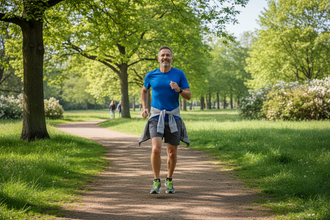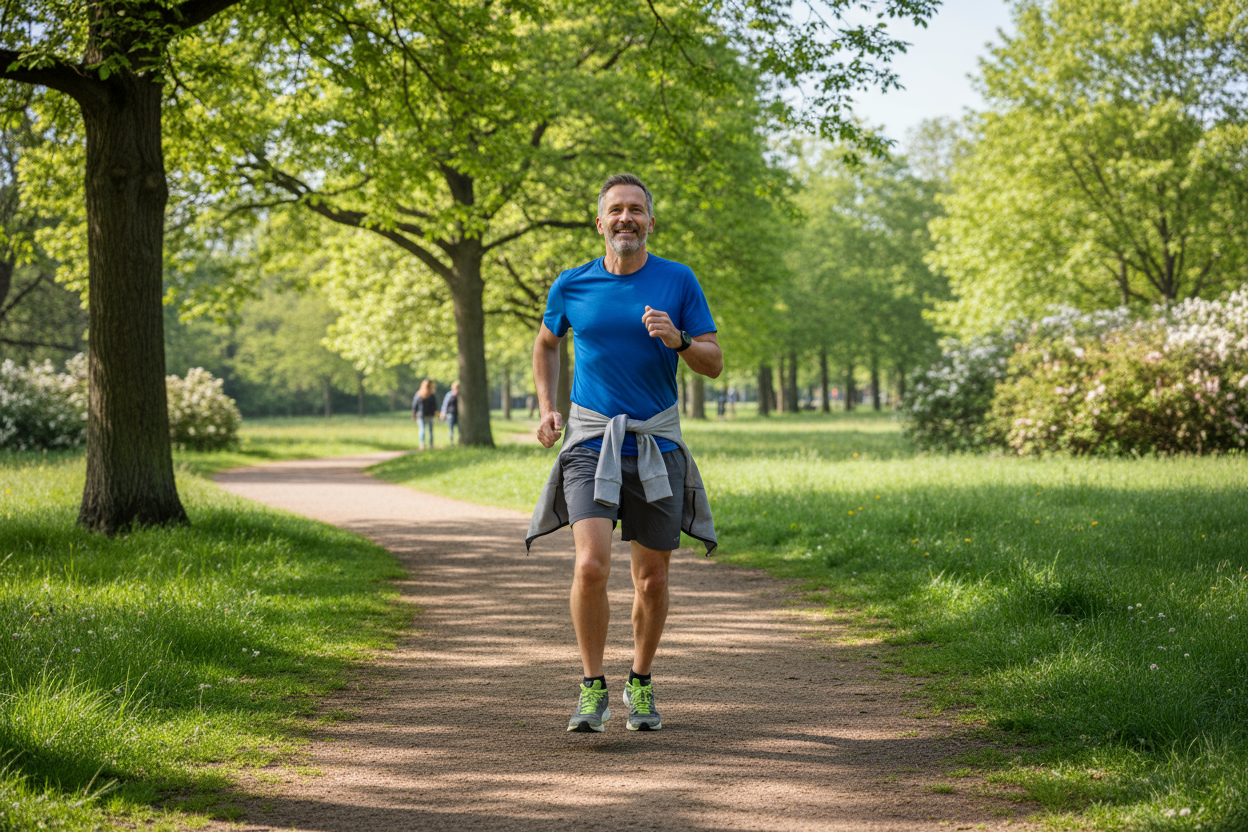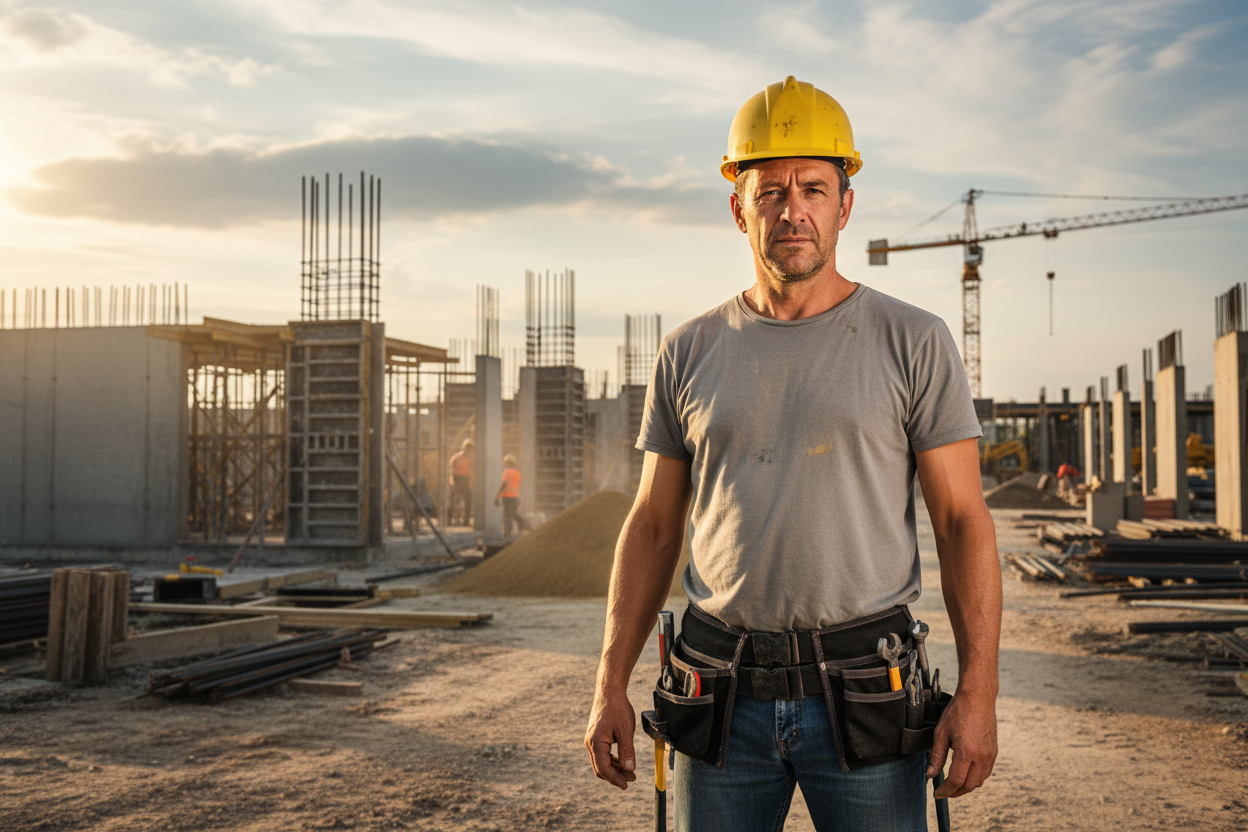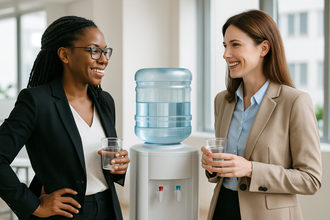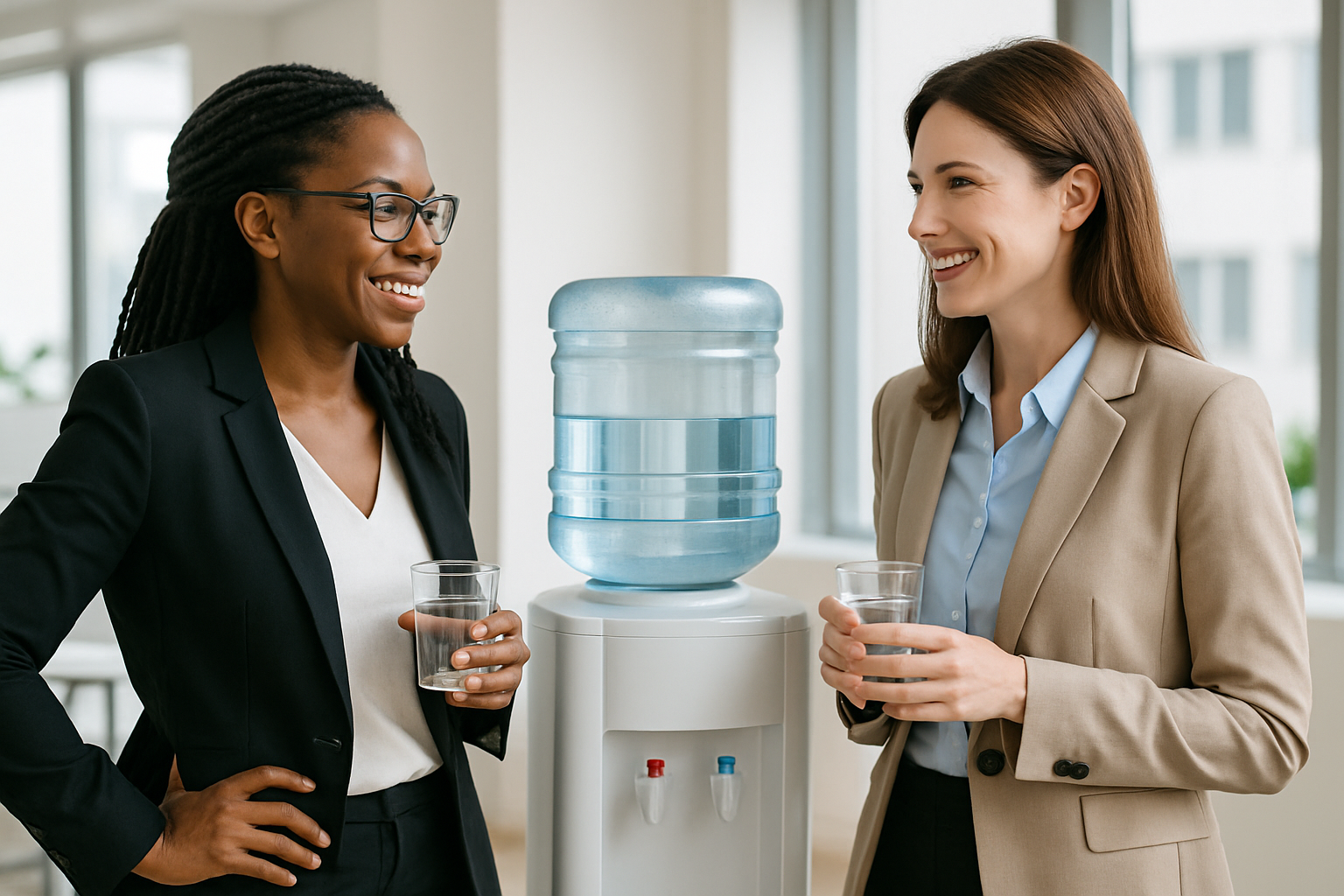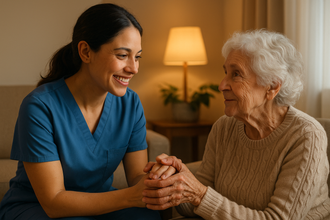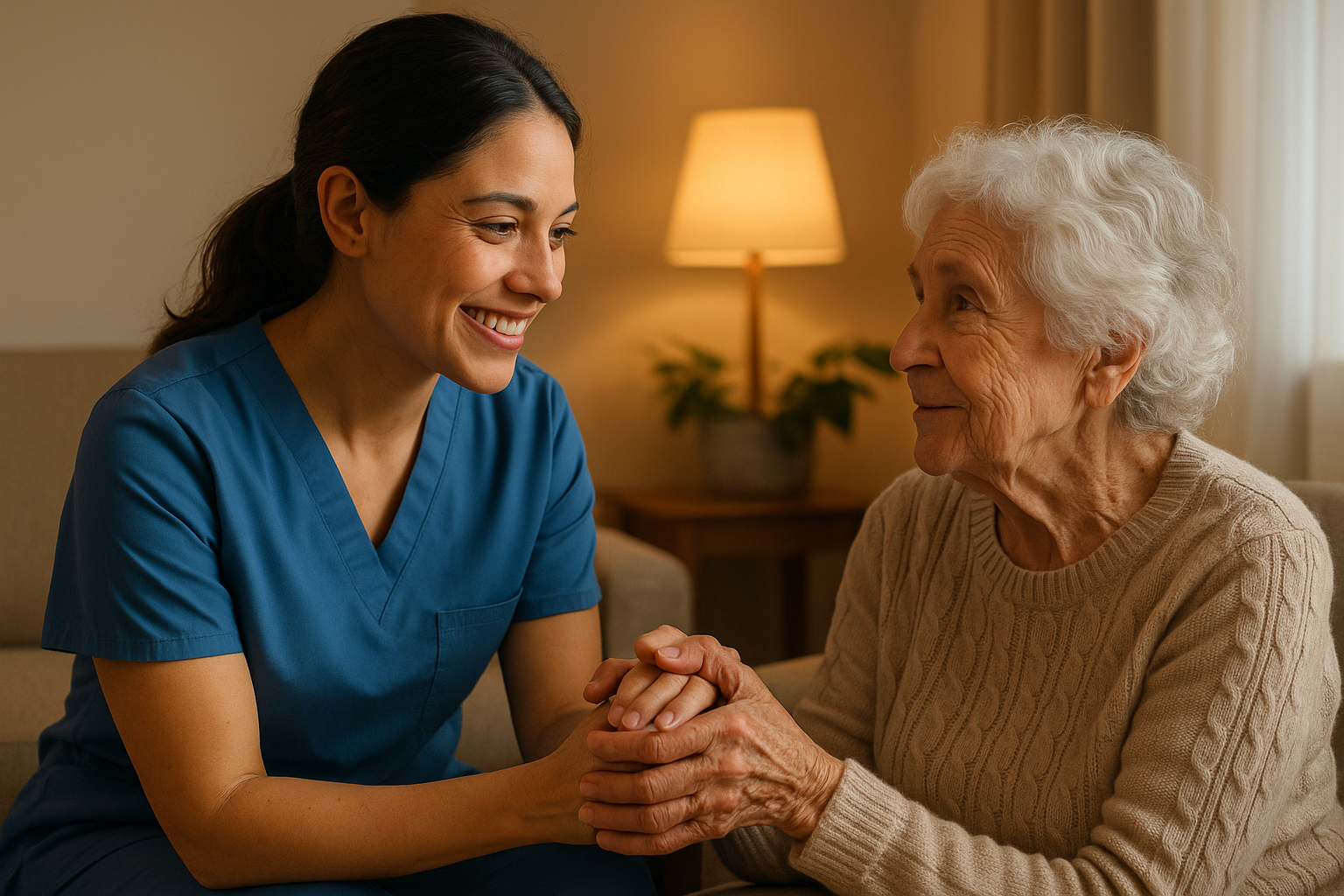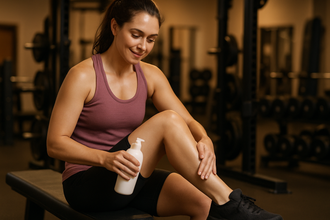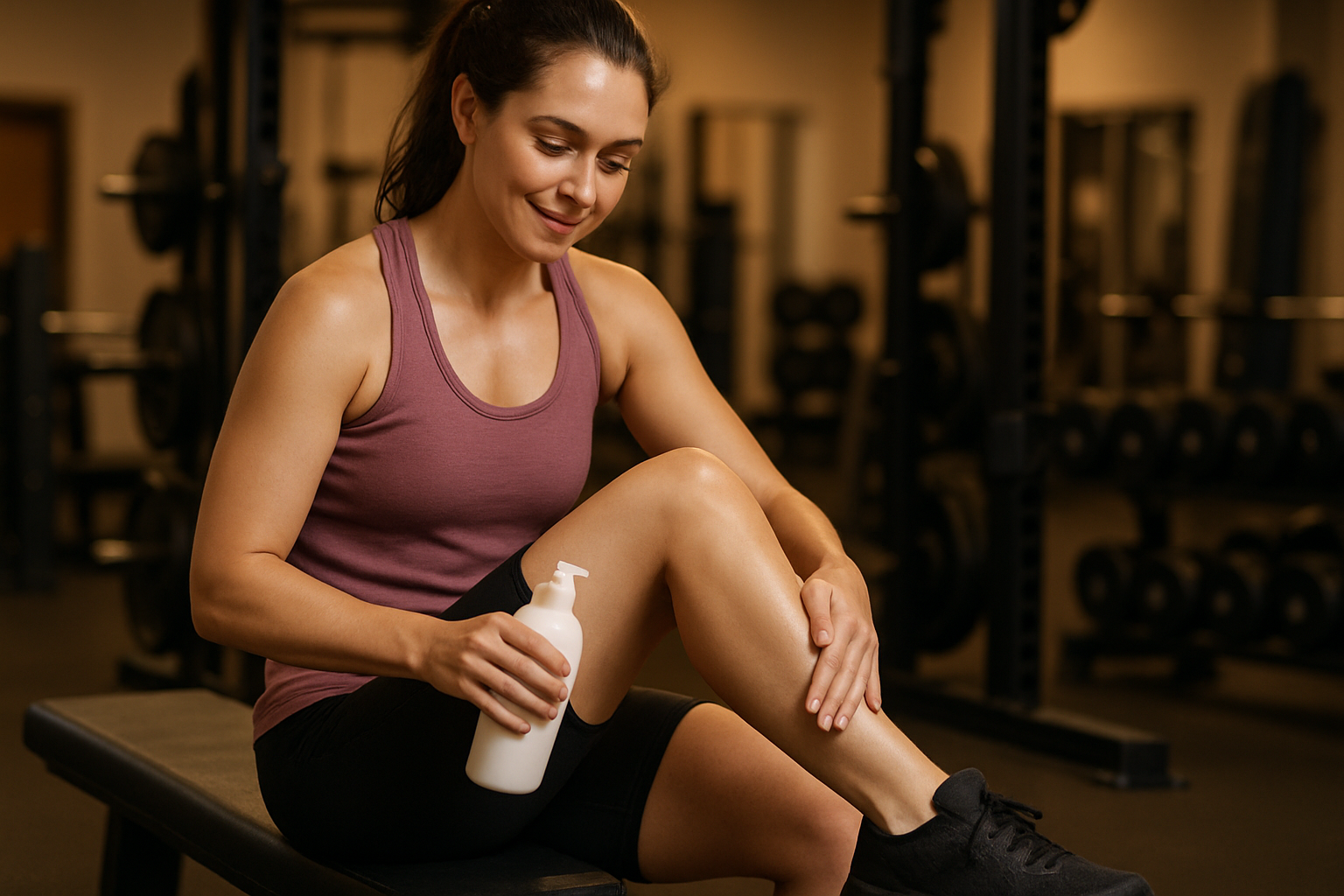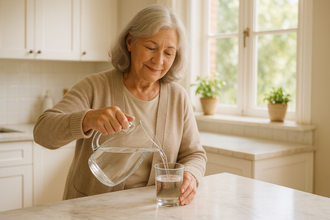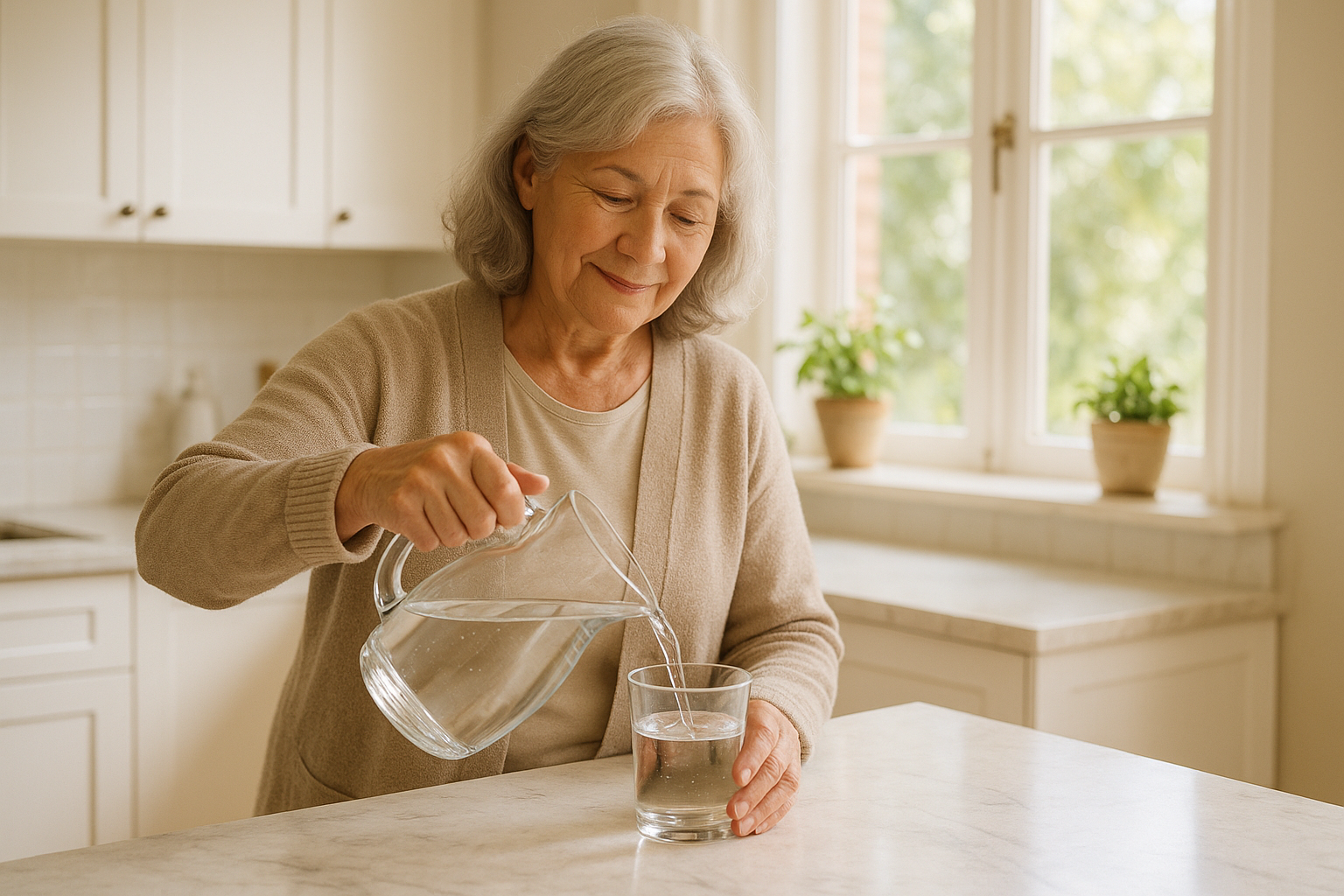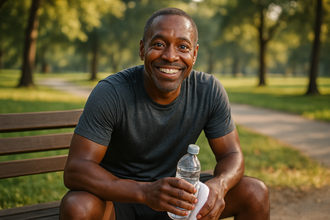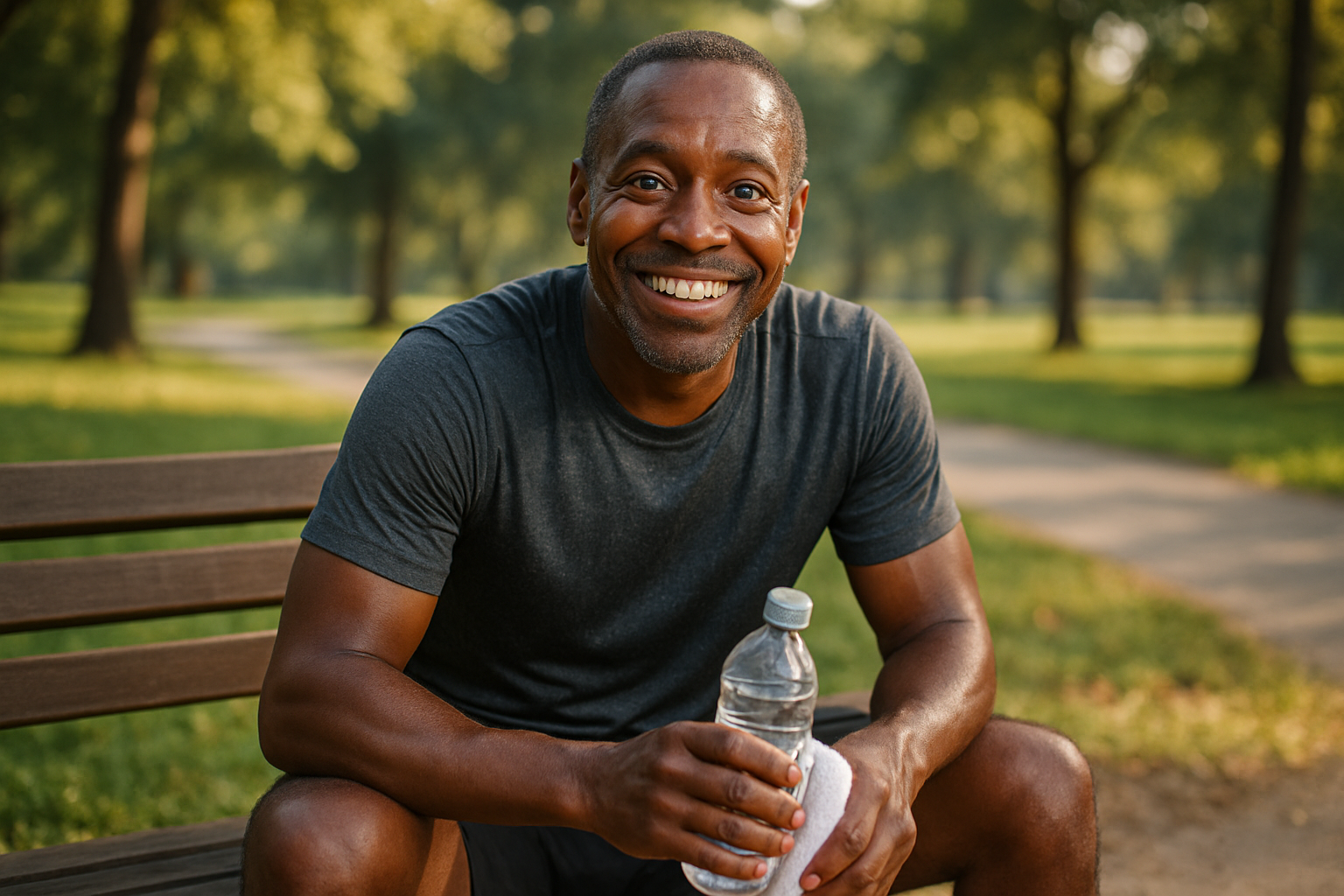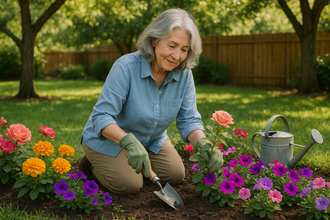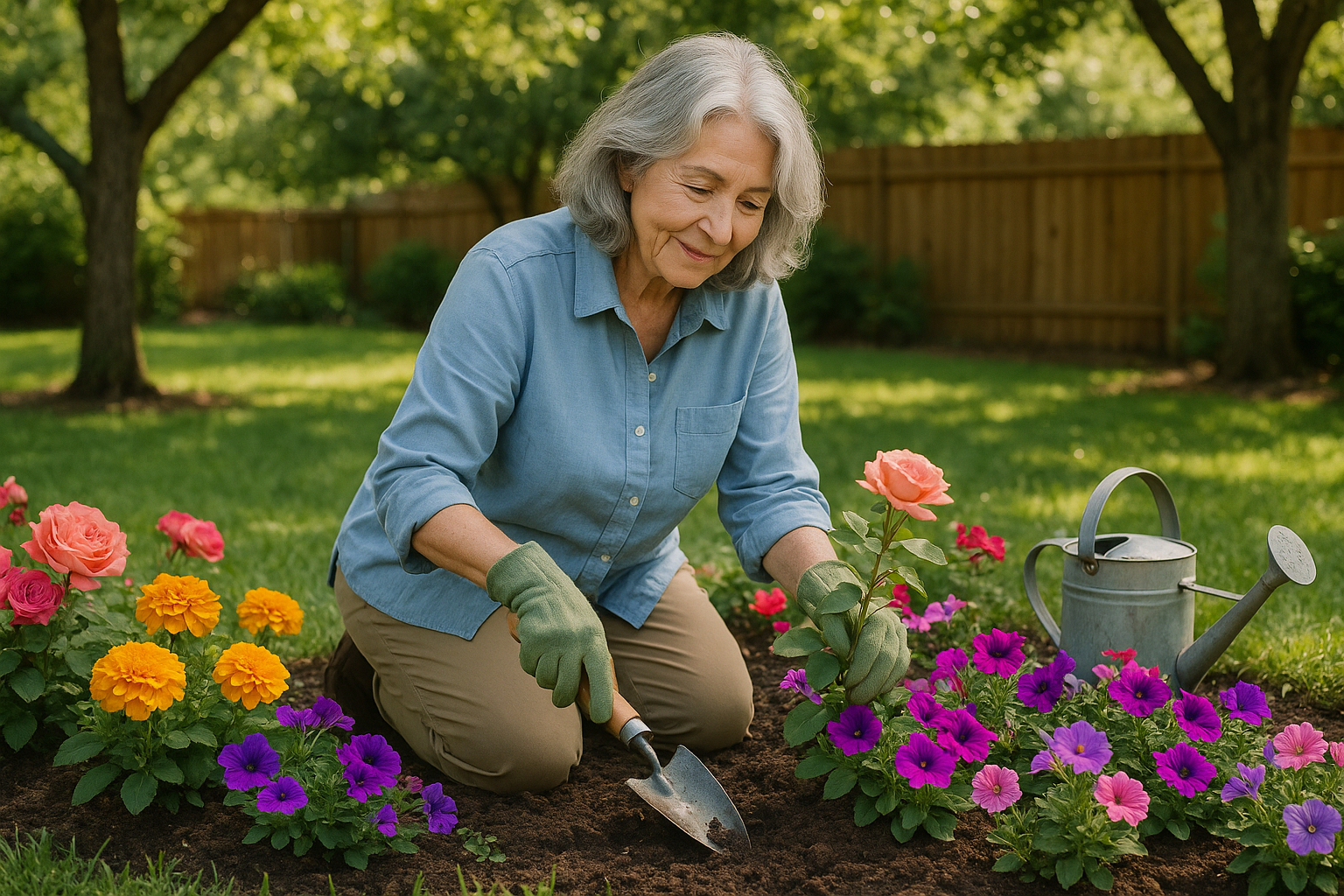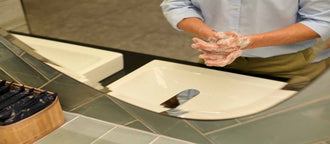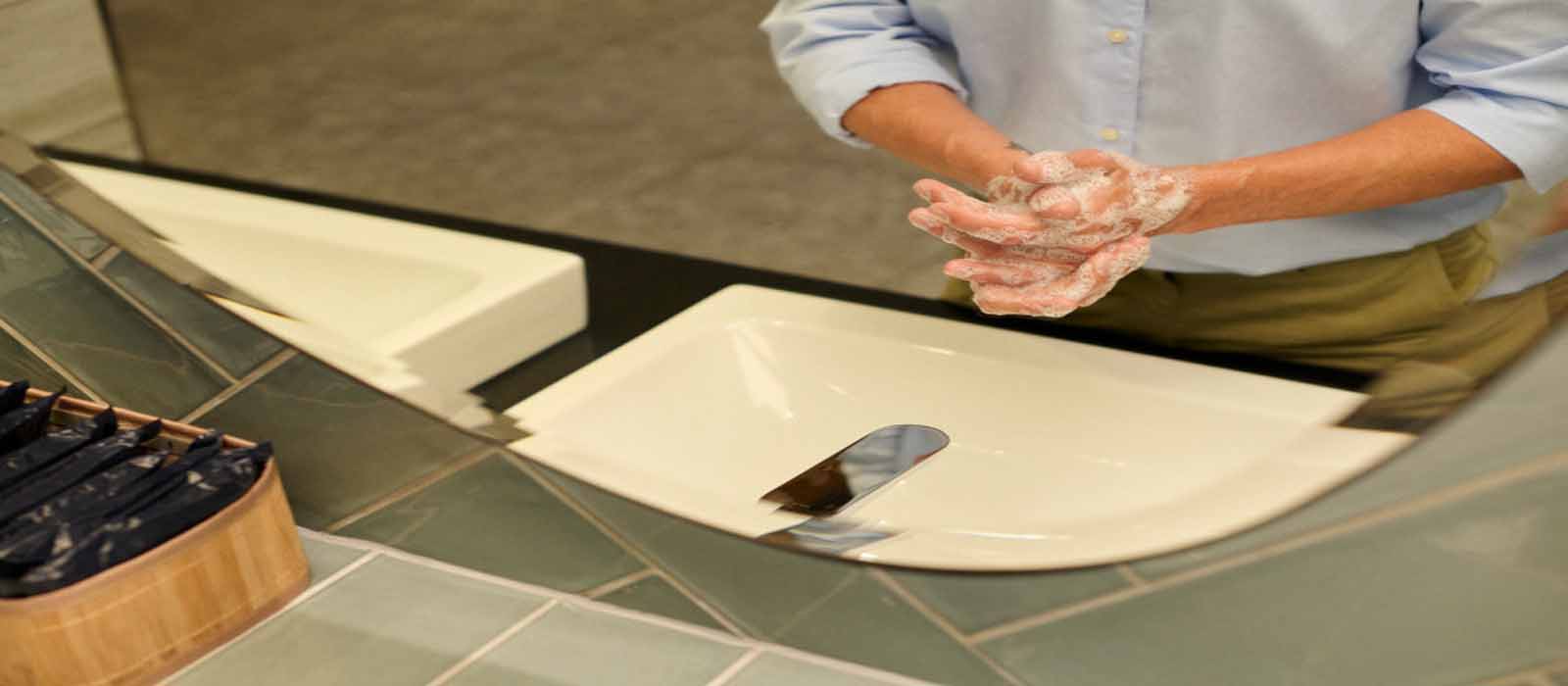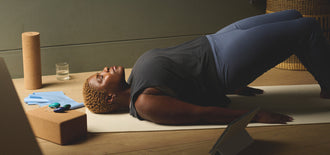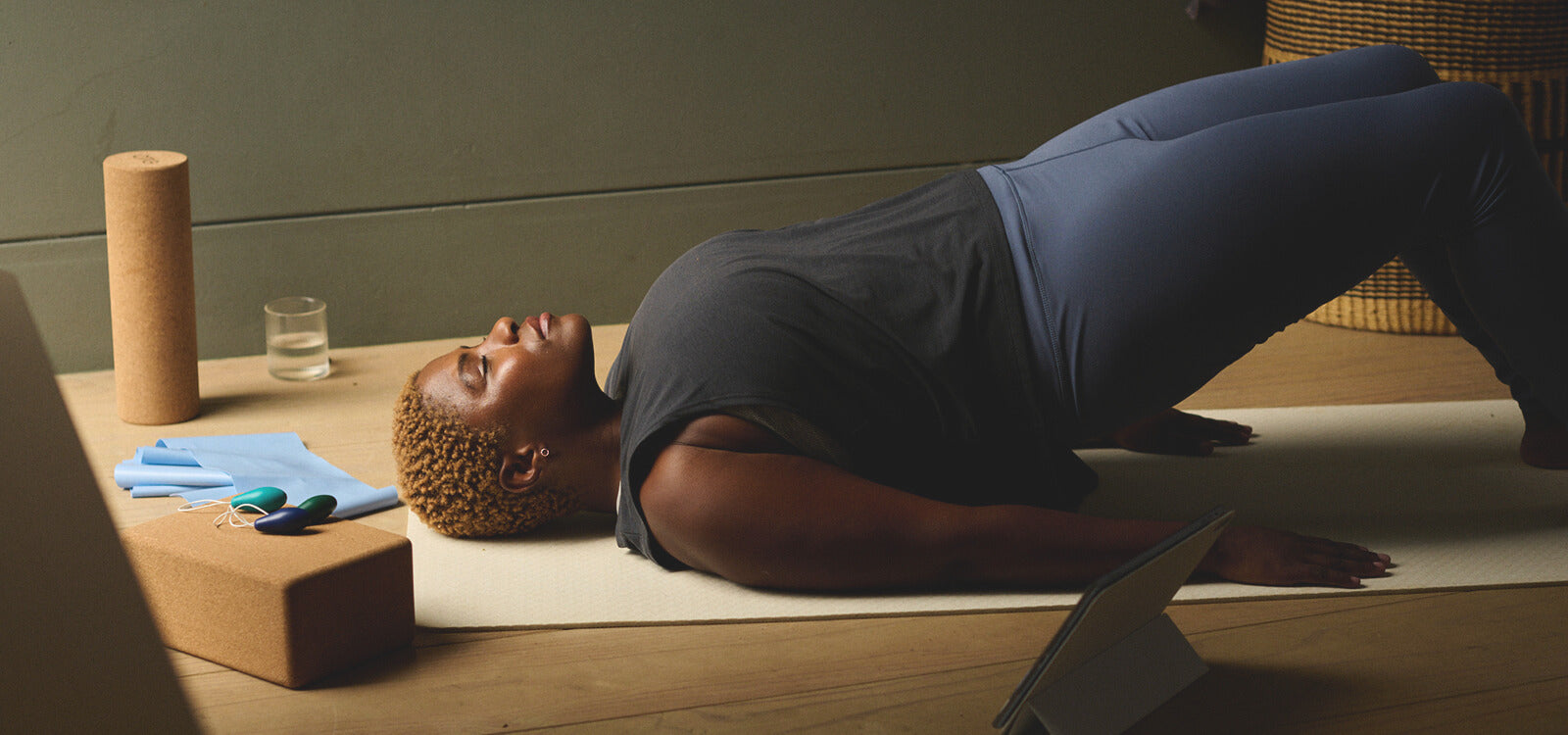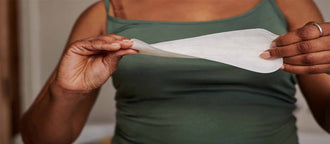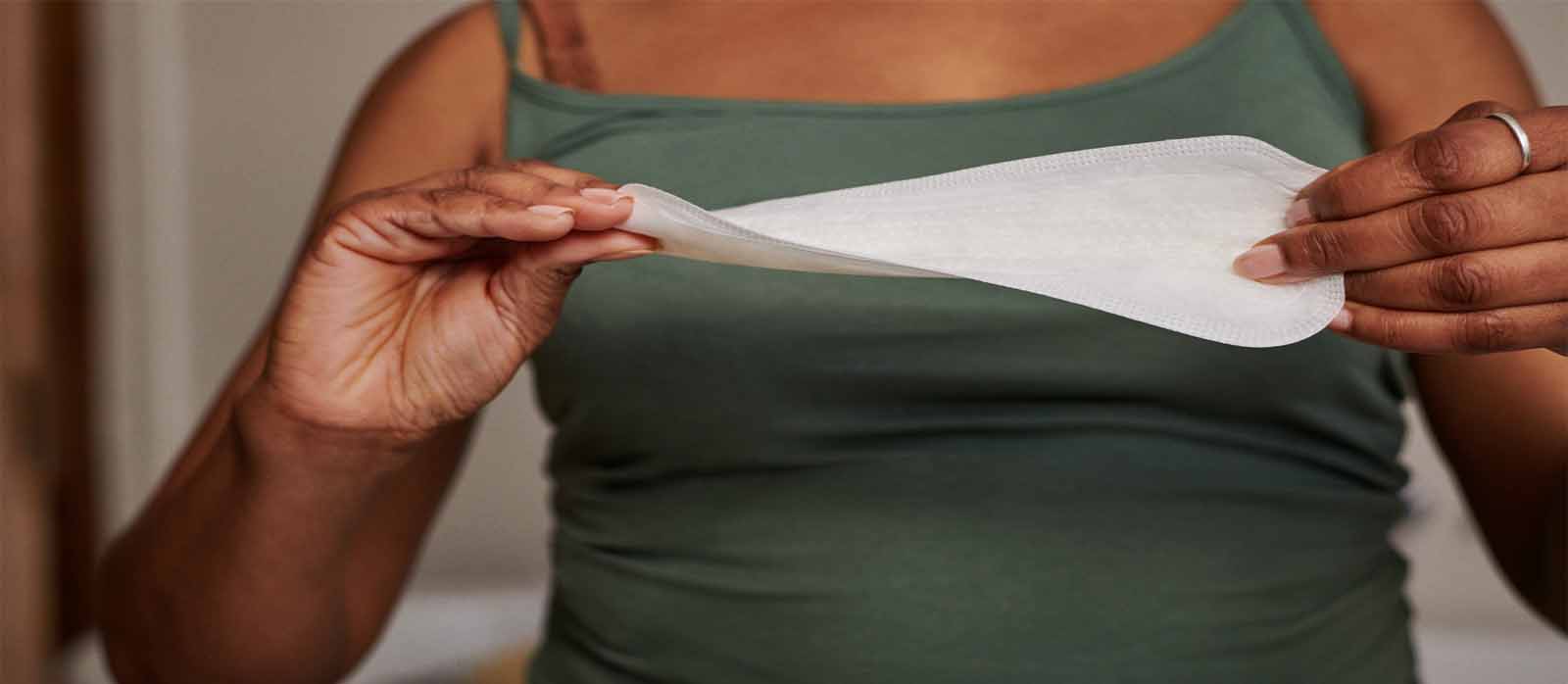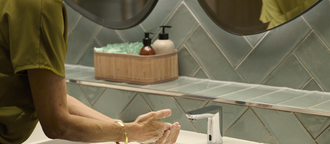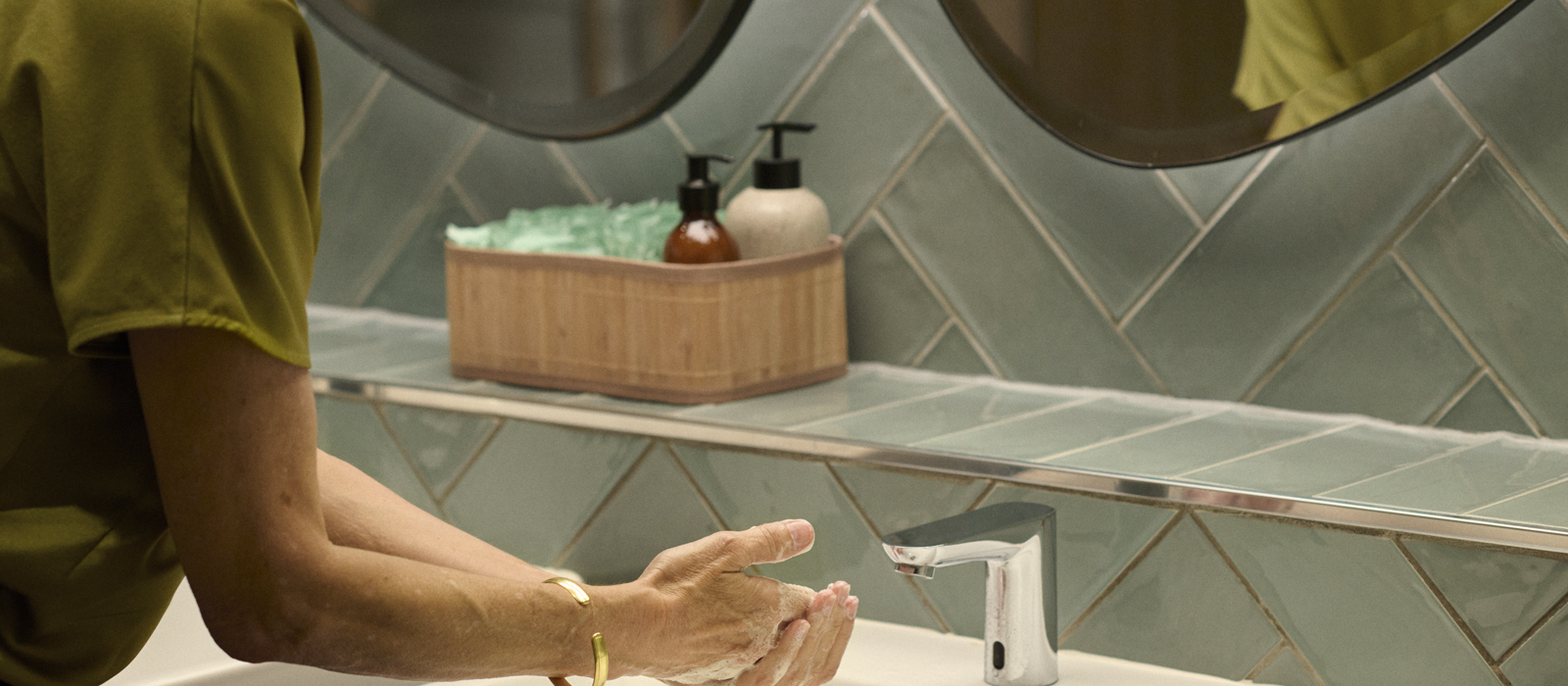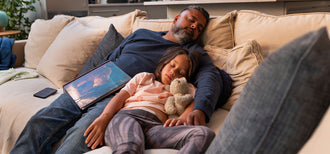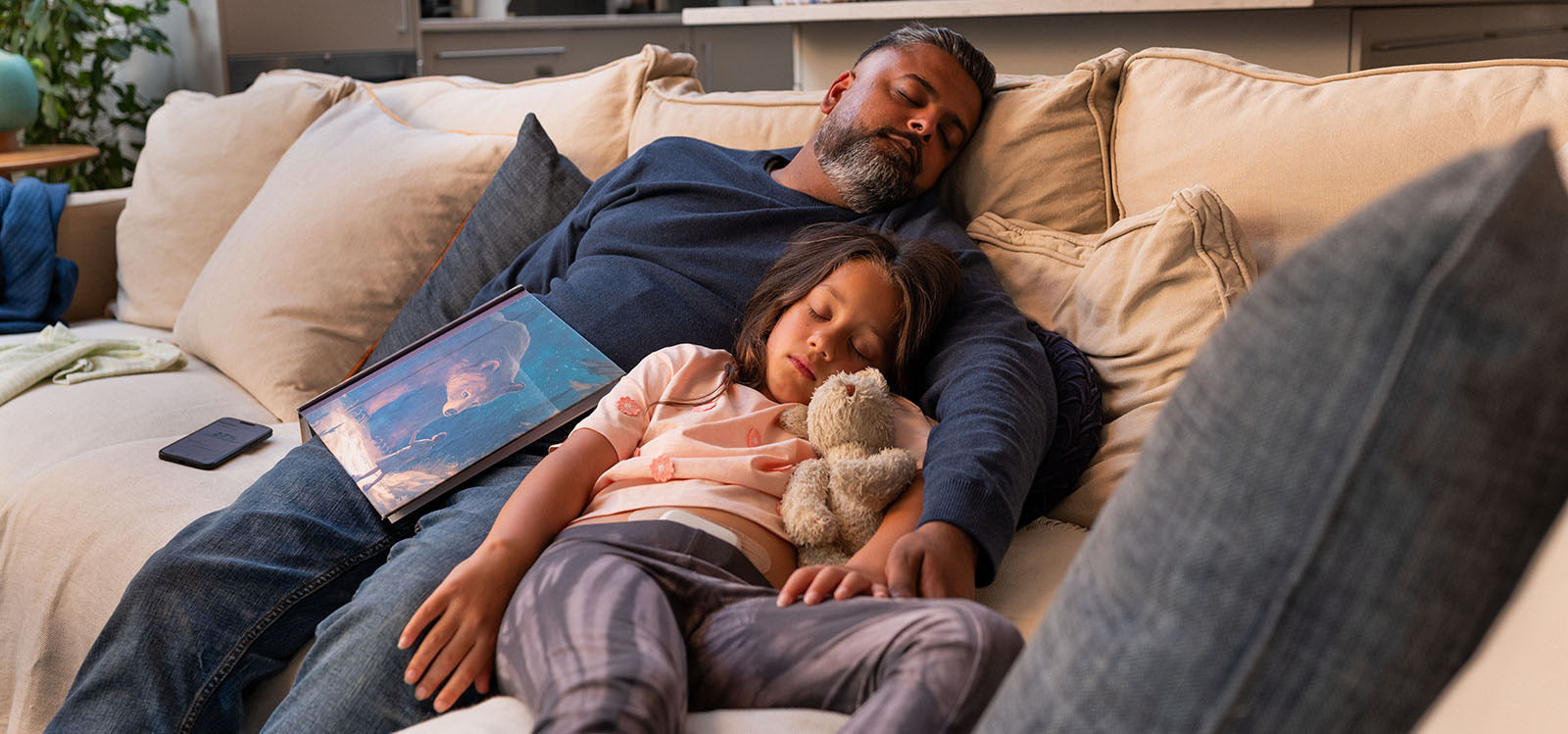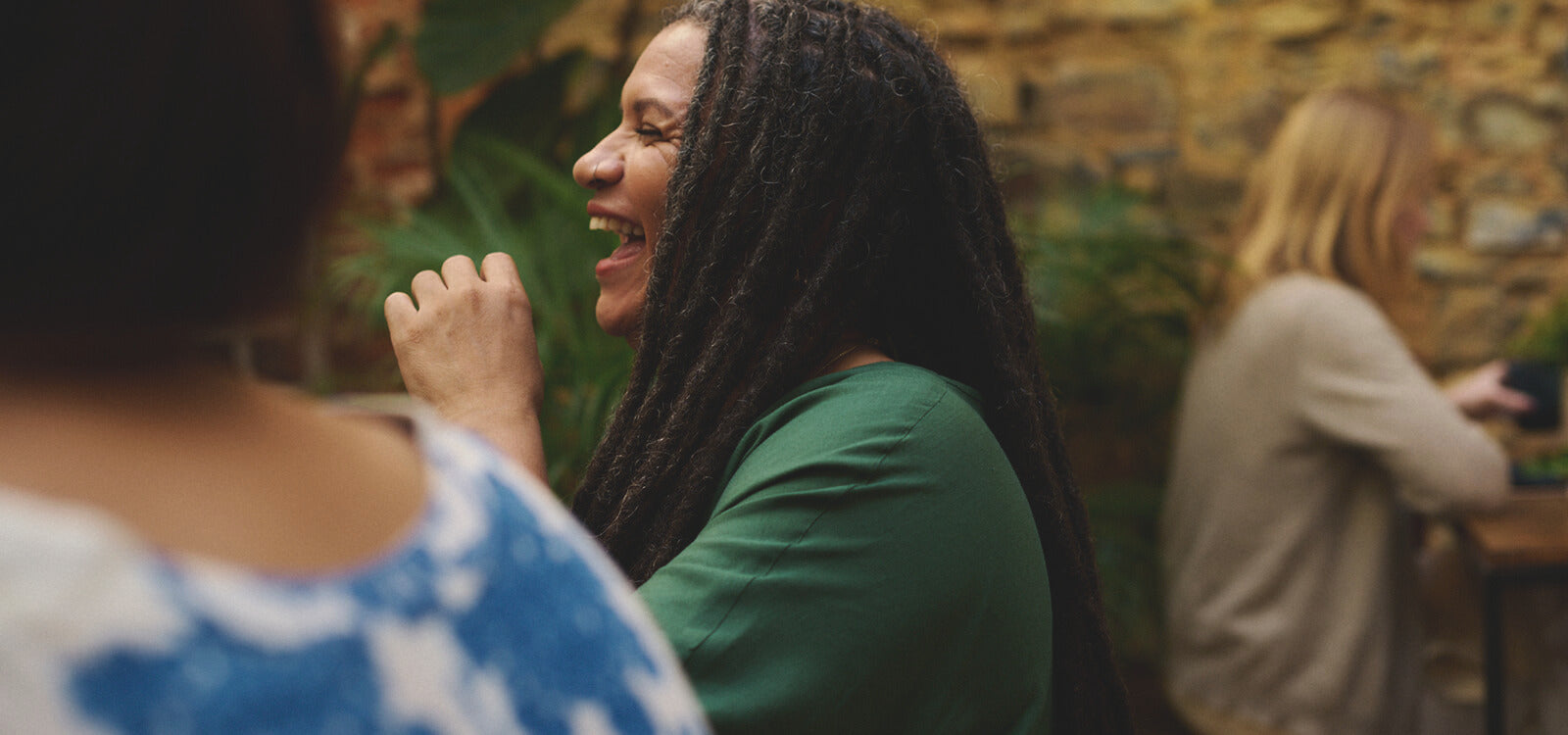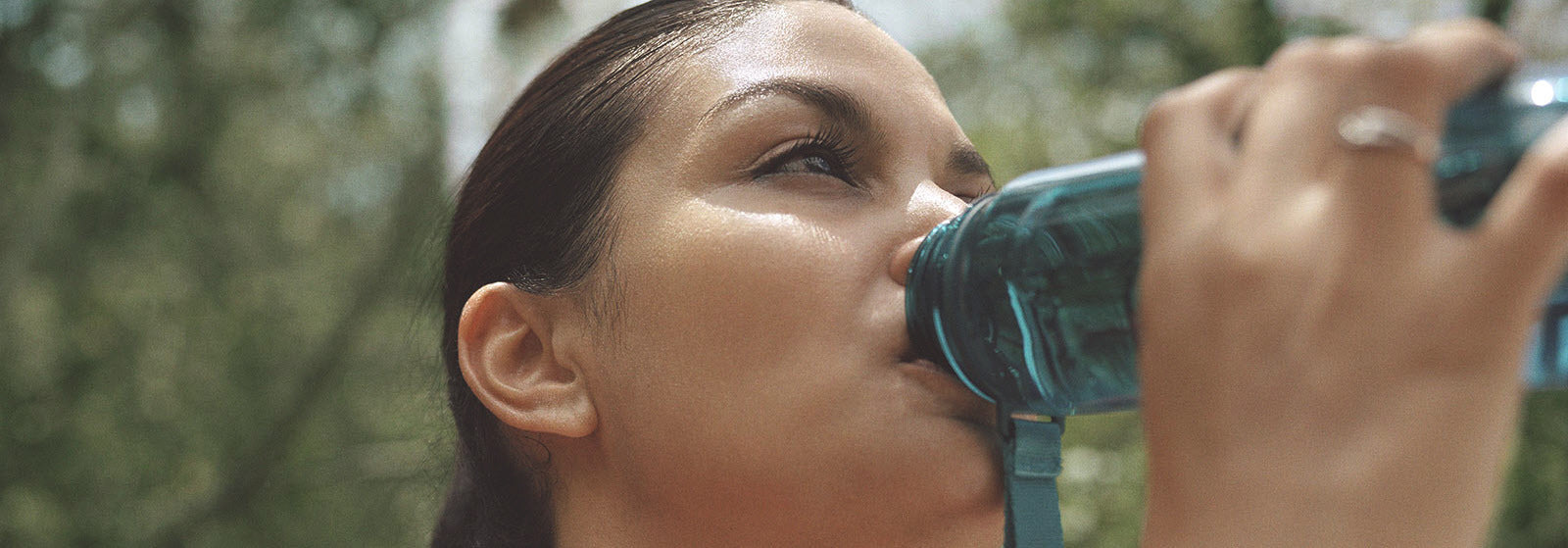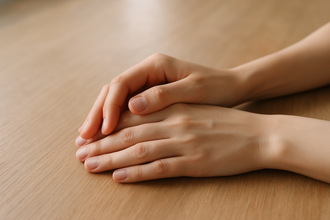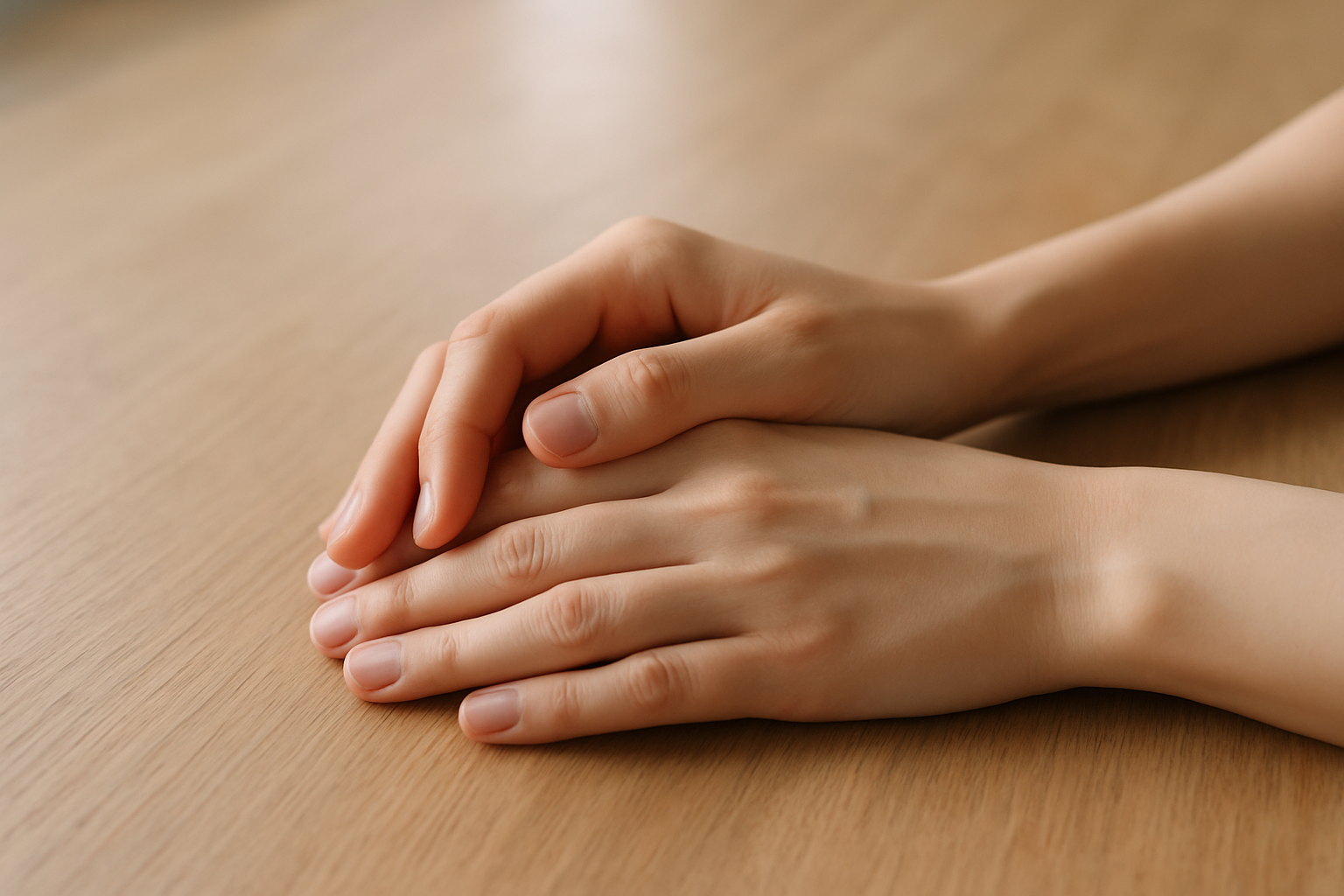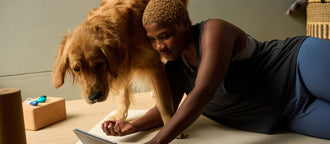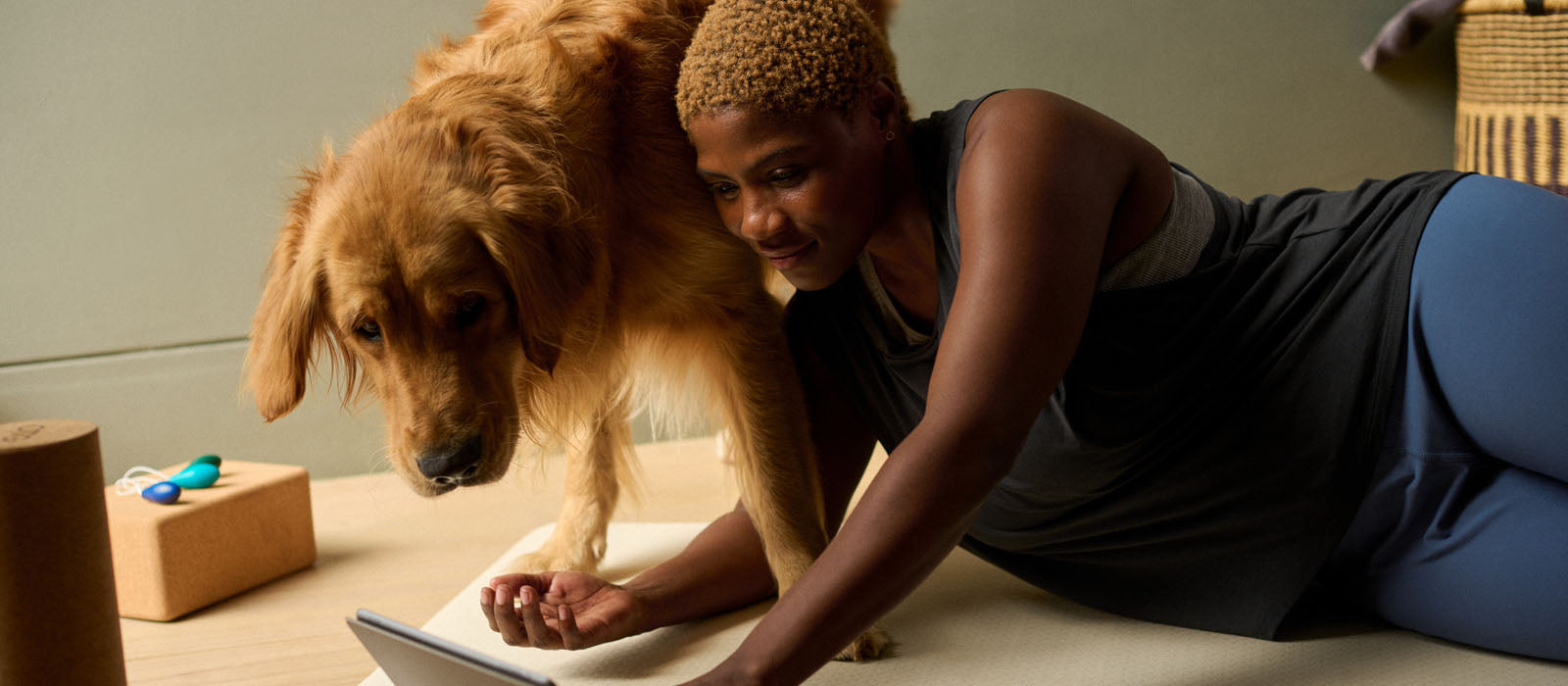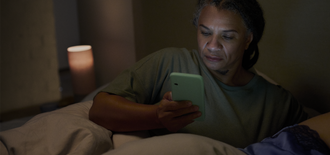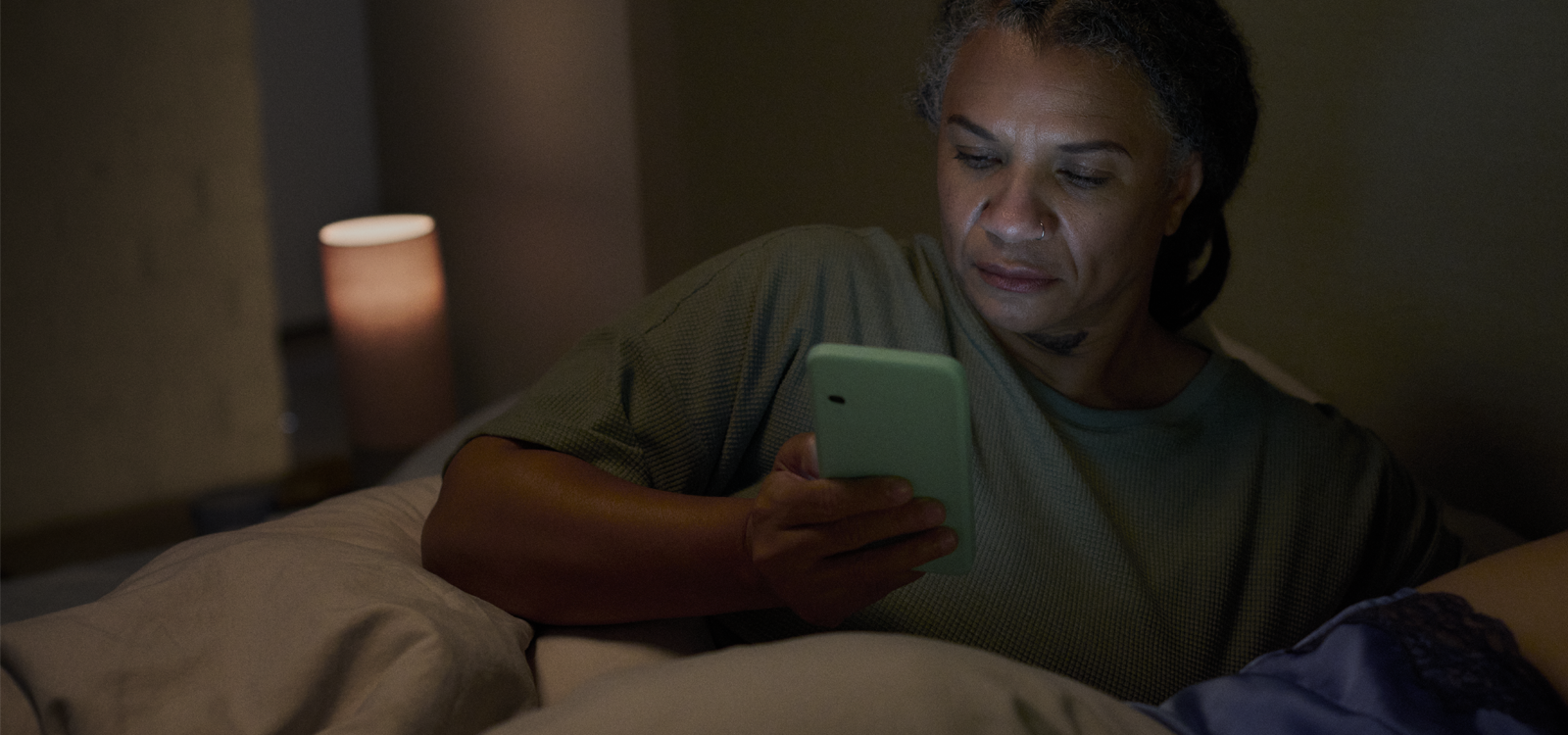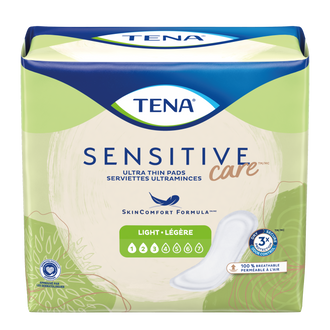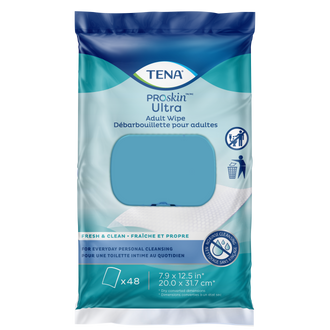Jun 07, 2024
Ever felt a sudden, intense need to pee that you just couldn’t ignore? You’re not alone! Urge incontinence and bladder spasms both contribute to that "gotta go" feeling, but they’re not quite the same thing.
Overactive bladder (OAB) causes frequent and sudden urges to urinate. Urge incontinence takes it a step further, leading to leaks before you can make it to the bathroom.1 Let’s break down the differences, causes, and what you can do to manage them.
Urge Urinary Incontinence and Bladder Spasm
Urge urinary incontinence and bladder spasms often go hand in hand, but they aren’t the same thing, which makes them tricky to tell apart.1
Bladder spasms cause sudden, involuntary contractions of the bladder that can create a strong urge to urinate.2 Urge incontinence specifically refers to leakage that happens because of these contractions. So, if you can’t reach the bathroom in time and experience leaks, that’s urge urinary incontinence.1
Bladder spasms can be caused by an Overactive Bladder (OAB), which leads to frequent, urgent trips to the bathroom but doesn’t always result in leakage.2 Understanding these differences is crucial for choosing the right treatment approach.
What Are Bladder Spasms?
A bladder spasm is exactly what it sounds like—your bladder muscle contracting when it shouldn’t. This sudden tightening creates an intense need to urinate and can sometimes lead to leakage, which is referred to as urge incontinence.2 Spasms can be triggered by infections, nerve issues, certain medical conditions like diabetes, or even certain foods and drinks.2
Understanding Overactive Bladder
OAB is a group of symptoms where the bladder becomes overly sensitive, causing frequent, strong urges to urinate—even when it’s not full.1 Bladder spasms are a common symptom of OAB, but not everyone with OAB experiences leaks.1,2
Common triggers of OAB, which can cause bladder spasms, include:
- Nerve damage (from conditions like multiple sclerosis)2
- Urinary tract infections (UTIs)2
- Bladder irritants in your diet (like caffeine) 1
While symptoms of OAB include:
- Sudden, strong urges to urinate1
- Frequent trips to the bathroom (more than eight times a day)1
- Waking up multiple times at night to urinate (nocturia) 1
Bladder Spasms Treatment Options
Managing bladder spasms often involves a combination of lifestyle changes, medications, and exercises.
- Lifestyle Changes: Cutting back on bladder irritants like caffeine, can help. Staying hydrated (but not overdoing it at night) and using a bathroom schedule make a difference.1
- Medications: These can help relax the bladder muscle and reduce the amount of urine passed.1
- Pelvic Floor Exercises: Strengthening the muscles that control urination through Kegels and bladder training techniques can improve bladder control. 1
What is Urge Incontinence?
Urge urinary incontinence is a form of OAB. It happens when the bladder contracts involuntarily, causing sudden leakage. While OAB and urge incontinence often overlap, not everyone with OAB experiences leaks.1 Urge incontinence can be linked to things like neurological conditions, bladder infections, or even your diet.1
Treatment Options for Urge Urinary Incontinence
There are many treatment options you can explore for urge urinary incontinence.
- Behavioral Therapies: Bladder retraining, timed voiding, and pelvic floor therapy can improve control over urination.1
- Medications: Similar to OAB treatment, medications help calm an overactive bladder. In some cases, Botox injections (which relax the bladder muscles to reduce urgency) may also be an option.1
- Surgical Options: For severe urge incontinence, nerve stimulation therapies or surgery may be recommended.1
What Are the Other Types of Urinary Incontinence?
Urge incontinence isn’t the only type of bladder control issue. Here’s a quick look at other common types:
- Stress Incontinence: Leakage caused by pressure on the bladder, like when coughing, sneezing, or exercising.1
- Overflow Incontinence: When the bladder doesn’t empty completely, leading to frequent dribbling.3
- Functional Incontinence: Difficulty reaching the bathroom in time due to mobility or cognitive issues. 3
- Mixed Incontinence: A combination of two or more types, often stress and urge incontinence together. 3
Figuring out which type of incontinence you have is the first step in finding the right treatment. If you're dealing with bladder issues, talking to a healthcare provider can help you take control and feel more confident again.
When Should I See a Health Care Professional?
While occasional bladder urgency isn’t always a cause for concern, there are certain red flags you shouldn’t ignore. See a doctor if you experience:
- Frequent bladder spasms that disrupt daily life2
- Pain or burning when urinating2
- Blood in your urine2
- Sudden, unexplained changes in bladder habits2
Early diagnosis is key. Many bladder issues are treatable, and the sooner you get help, the easier it is to manage symptoms. A healthcare professional can provide a personalized plan to improve your bladder health and quality of life.
How to Prevent Bladder Spasms & Incontinence
While not all bladder issues can be prevented, certain lifestyle changes can reduce your risk and help keep your bladder healthy:
- Maintain a healthy weight: Excess weight puts pressure on your bladder and pelvic muscles.3
- Avoid bladder irritants: Cut back on caffeine, alcohol, artificial sweeteners, and spicy foods.3
- Practice pelvic floor exercises: Kegel exercises can strengthen the muscles that control urination.3
- Stay hydrated: Drink enough water to keep your bladder healthy, but try to skip the extra fluids right before bed.
- Follow good bathroom habits: Don’t hold your urine for too long and fully empty your bladder when you go.1
If leaks do happen, using a reliable incontinence pad can help you stay dry and comfortable. Reach for TENA Sensitive Care Moderate Pads that protects against bladder leaks, urine odor and wetness. For lighter protection, try TENA Sensitive Care Ultra Thin Incontinence Pads.
FAQs
How can I reduce my risk of urge incontinence?
Reducing bladder irritants and strengthening your pelvic floor are key! Try these tips:
- Cut back on caffeine.1
- Stay hydrated, but don’t drink too much before bed.1
- Practice Kegel exercises to improve bladder control.1
- Maintain a healthy weight to reduce pressure on your bladder.1
- Use bladder training techniques to gradually increase the time between bathroom trips. 1
What is the difference between urge incontinence and stress incontinence?
While both conditions cause bladder leaks, their triggers are different:
- Urge incontinence happens when the bladder contracts suddenly, creating an overwhelming urge to urinate, often leading to leaks.3
- Stress incontinence occurs when physical movements (like coughing, sneezing, or exercising) put pressure on the bladder, causing leaks.3
For more details on stress incontinence, check out this guide.
References
1. MedicalNewsToday. ‘Overactive bladder vs. urge incontinence’. 2023. Available from: https://www.medicalnewstoday.com/articles/overactive-bladder-vs-urge-incontinence
2. Urology of Greater Atlanta’. Bladder spasms’. 2025. Available from: https://ugatl.com/services/overactive-bladder/bladder-spasms/
3. MayoClinic. ‘Urinary Incontinence’. 2023. Available from: https://www.mayoclinic.org/diseases-conditions/urinary-incontinence/symptoms-causes/syc-20352808











